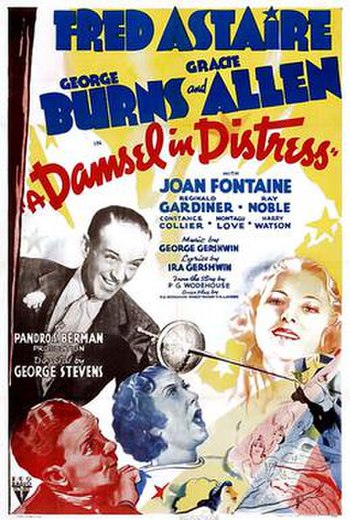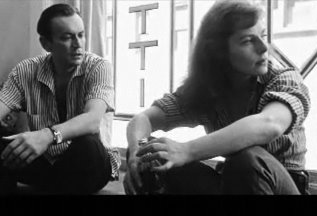In The Brown Bunny (2005), a film he wrote, directed, edited, etc., Vincent Gallo stars as a motorcycle racer whose amatory attachment is to Chloe Sevigny‘s Daisy. The pair being separated, the racer tracks Daisy down in Los Angeles after purposefully abandoning three female strangers with whom he might have gotten intimate. The two lovers are messed-up people, one more messed-up than the other. This is Daisy, a doper and possible tramp. . . The film is evocatively directed—it evokes human isolation—and there are certainly people who do not find it monotonous. But I do. And that’s not all.
Gallo considers himself a conservative and, for sure, no sexual liberalism exists in this movie. And yet it was made, finally, in a pornographic spirit. A scene of fellatio goes on forever. It’s distasteful. Is Gallo trying to say that love and tramp-y, non-marital sex do not go together? I rather doubt it, but there is no way to know.





